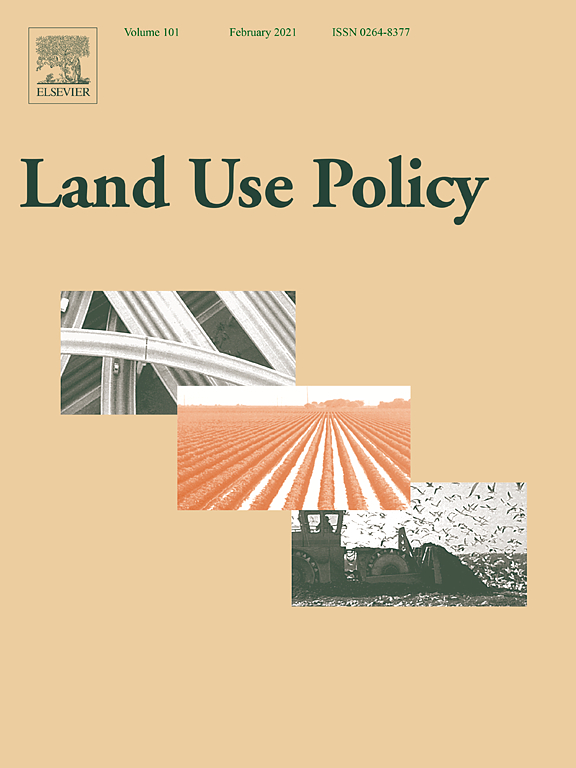Urban expansion dynamics and modes in metropolitan Guangzhou, China
Urbanization changes urban landscapes and results in ecological and environmental problems. To solve these problems, it is essential to quantify the dynamics of urban expansion and better understand the modes of urban sprawl. This study evaluated urbanization in metropolitan Guangzhou, China from 1990 to 2020 and explored its modes of urban growth using Landsat Thematic Mapper images and simulated landscape maps based on the Conversion of Land Use and its Effects (CLUE) modeling framework.


